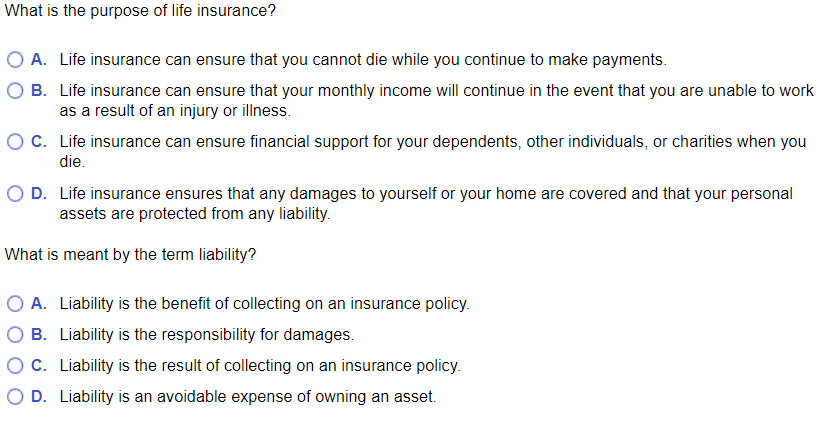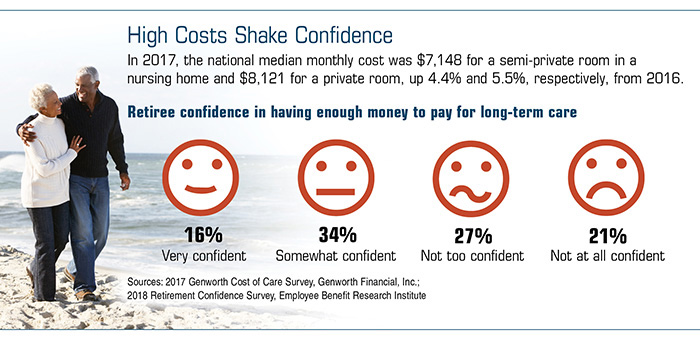The 6-Second Trick For Pacific Prime
Table of ContentsGet This Report on Pacific PrimeFascination About Pacific PrimeNot known Facts About Pacific PrimeExcitement About Pacific PrimeThe Of Pacific Prime

This is because the data were gathered for a duration of solid economic performance. Of the approximated 42 million individuals that were uninsured, just about concerning 420,000 (about 1 percent) were under 65 years of age, the age at which most Americans end up being qualified for Medicare; 32 million were grownups in between ages 18 and 65, about 19 percent of all adults in this age group; and 10 million were kids under 18 years of age, about 13.9 percent of all kids (Mills, 2000).
These price quotes of the variety of individuals without insurance are generated from the yearly March Supplement to the Current Populace Survey (CPS), conducted by the Census Bureau. Unless otherwise noted, national quotes of individuals without wellness insurance and proportions of the population with different kinds of protection are based on the CPS, the most commonly utilized source of quotes of insurance coverage and uninsurance rates.
Little Known Questions About Pacific Prime.

Still, the CPS is particularly helpful because it generates yearly estimates relatively quickly, reporting the previous year's insurance policy coverage approximates each September, and since it is the basis for a constant set of price quotes for greater than 20 years, permitting analysis of patterns in coverage with time. For these reasons, as well as the considerable use the CPS in other research studies of insurance protection that are presented in this record, we count on CPS price quotes, with restrictions kept in mind.

The quote of the variety of uninsured people increases when a population's insurance policy status is tracked for a number of years. Over a three-year duration beginning early in 1993, 72 million individuals, 29 percent of the united state population, lacked protection for at the very least one month. Within a single year (1994 ), 53 million individuals experienced at the very least a month without insurance coverage (Bennefield, 1998a)
6 out of every ten uninsured adults are themselves used. Although functioning does enhance the possibility that and one's family participants will have insurance coverage, it is not an assurance. Also members of family members with two full time wage income earners have practically a one-in-ten possibility of being uninsured (9.1 percent without insurance price) (Hoffman and Pohl, 2000).
The Best Strategy To Use For Pacific Prime
New immigrants represent a substantial proportion of individuals without medical insurance. One analysis has attributed a significant part of the recent growth in the size of the U.S. uninsured population to immigrants who showed up in the country between 1994 and 1998 (Camarota and Edwards, 2000). Recent immigrants (those who concerned the United States within the past four years) do have a high rate of being uninsured pop over here (46 percent), but they and their children make up simply 6 percent of those without insurance policy across the country (Holahan et al., 2001).
The partnership in between medical insurance and accessibility to care is well developed, as recorded later in this chapter. Although the partnership in between wellness insurance policy and wellness results is neither direct nor simple, a comprehensive medical and health solutions study literary works web links medical insurance coverage to improved accessibility to care, much better high quality, and improved individual and populace health status.
Levels of evaluation for taking a look at the effects of uninsurance. This conversation of medical insurance coverage concentrates mostly on the U.S. populace under age 65 because virtually all Americans 65 and older have Medicare or other public insurance coverage. It concentrates specifically on those without any type of wellness insurance coverage for any type of length of time.
More About Pacific Prime
The problems encountered by the underinsured are in some aspects similar to those dealt with by the uninsured, although they are usually much less severe. Wellness insurance, nonetheless, is neither required neither adequate to obtain access to clinical services. The independent and straight effect of health and wellness insurance coverage on accessibility to health and wellness solutions is well established.
Others will certainly obtain the health and wellness treatment they need also without medical insurance, by paying for it expense or seeking it from suppliers who provide treatment free or at extremely subsidized prices. For still others, medical insurance alone does not guarantee receipt of treatment as a result of other nonfinancial obstacles, such as an absence of health care carriers in their neighborhood, limited access to transport, illiteracy, or etymological and social differences.
The Ultimate Guide To Pacific Prime
Formal research about uninsured populations in the United States dates to the late 1920s and early 1930s when the Committee on the Cost of Healthcare produced a collection of records concerning funding medical professional workplace visits and hospitalizations. This issue became salient as the varieties of clinically indigent climbed up throughout the Great Anxiety.